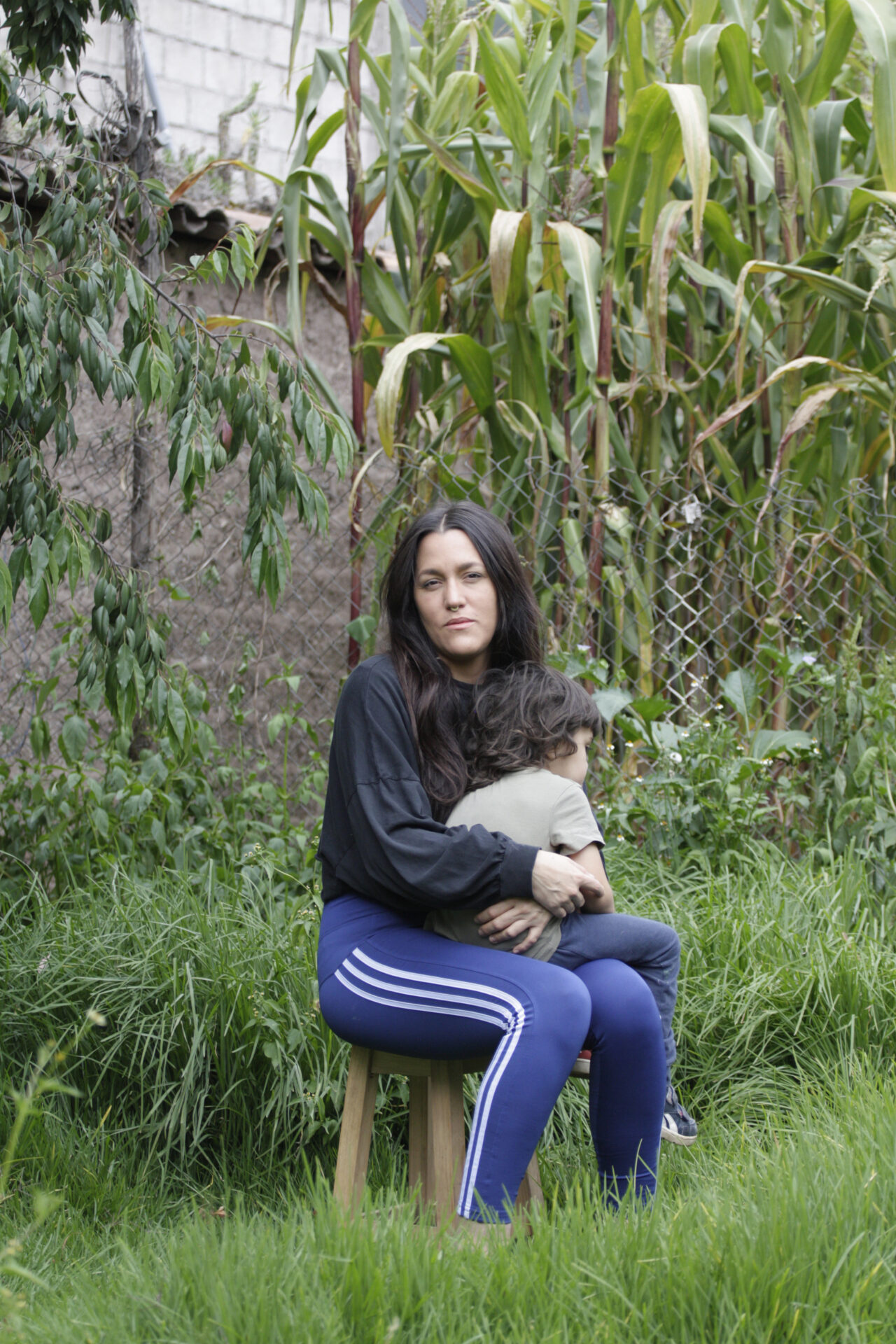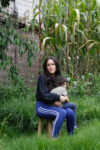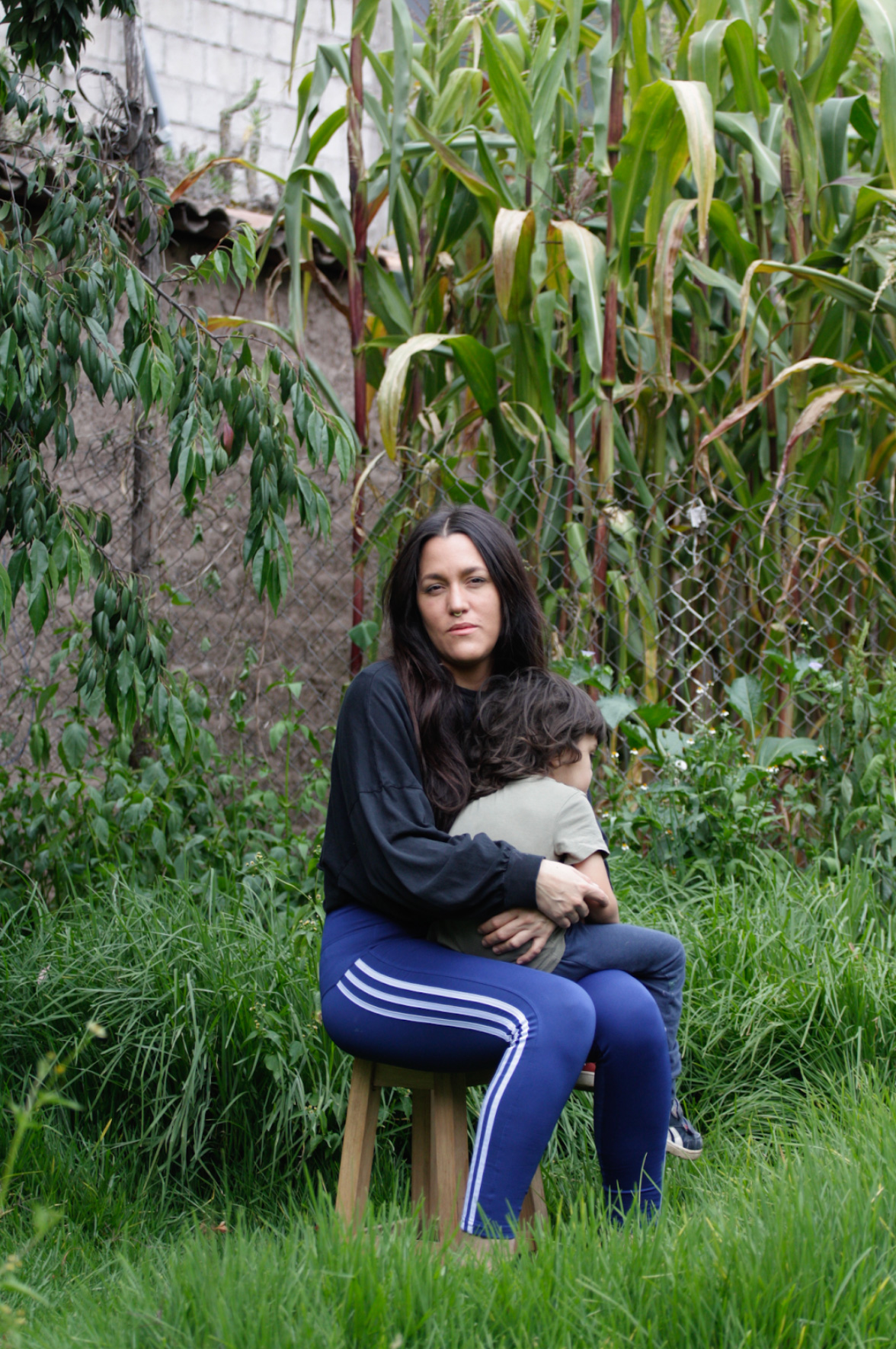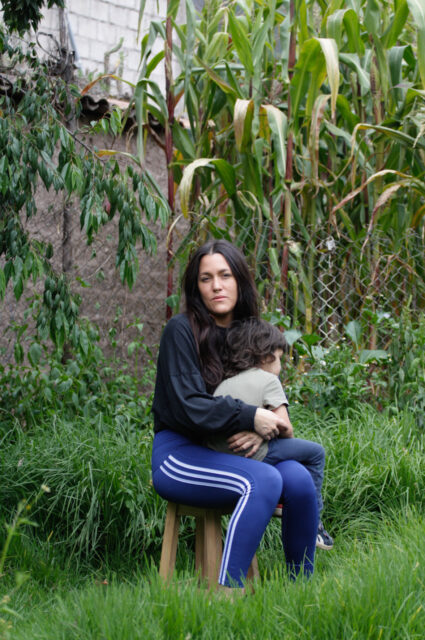How do you characterize the media you work in?
The outcome of many of my projects is books. That’s partly because I find distribution in a visual art context to be very limited. Even when a work is theoretically on public view in a museum, the type of public that museums invite tends to be very specific, and that invitation comes with intimidating language and an entry fee. I was formally trained as a painter, and that’s something I’ve returned to in recent years, along with ceramics and collage. I want to use aesthetics and techniques that people feel close to and can connect with, and that are not aligned with Eurocentrism.
How does your practice engage with technology?
I used technology more overtly—working with video and digital media—prior to 2016. When my son was born, I decided to go back to media that we think of as more handmade or manual. That’s not to say that I don’t use technologies in my work now. For example, I employed digital collage in order to build the images in my children’s book The ABCS of Racist Europe. I also put all of my publications online, so each has a digital version that can be more widely distributed.




